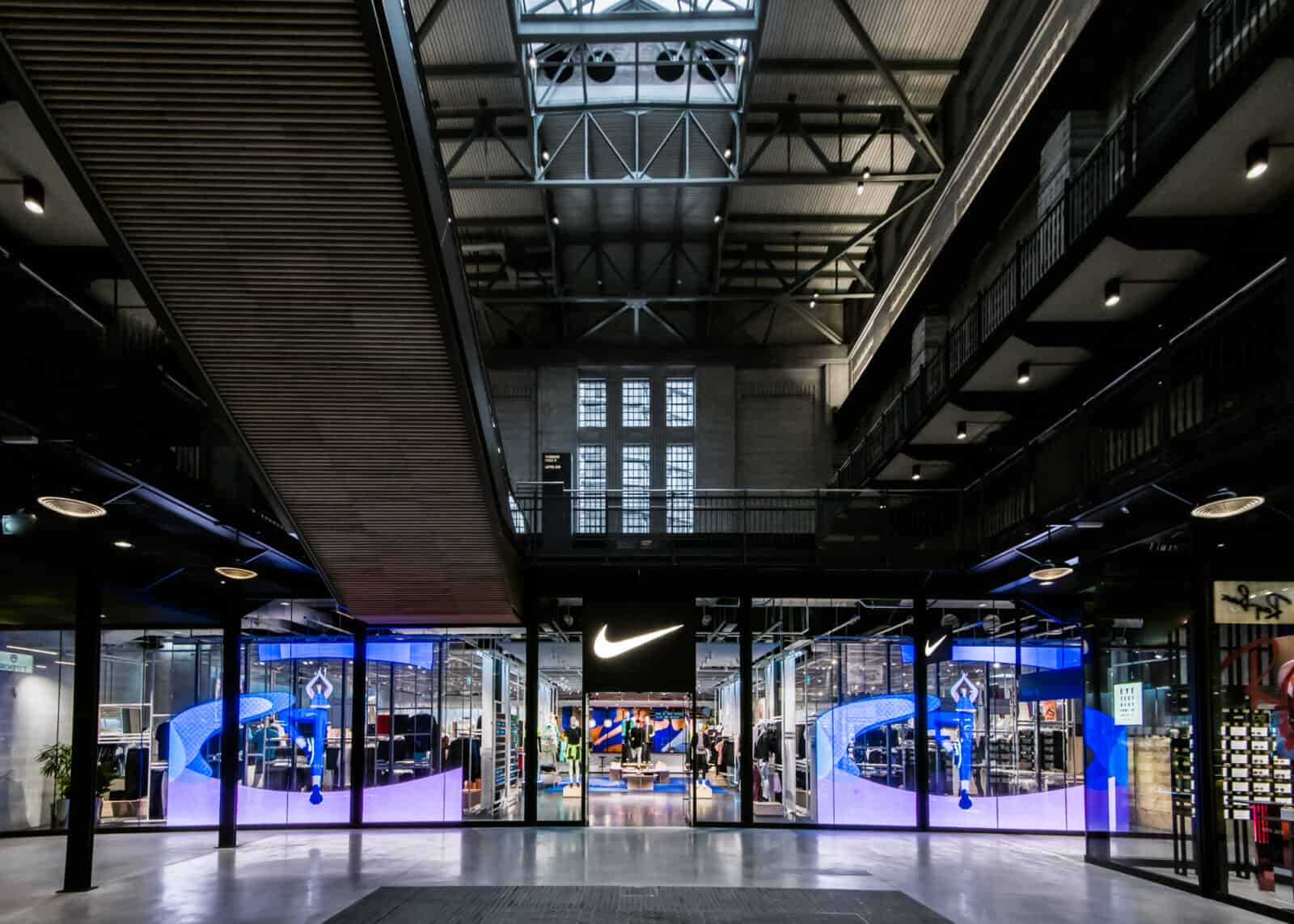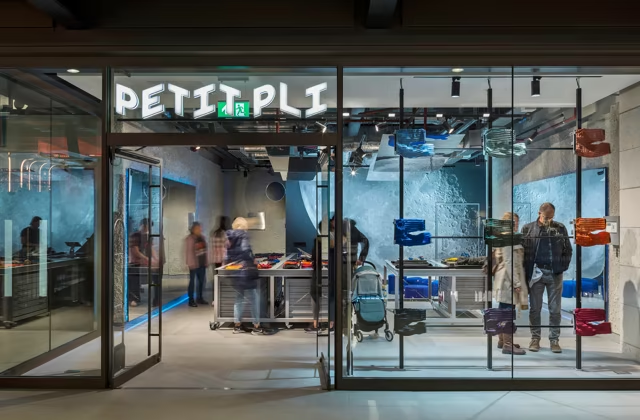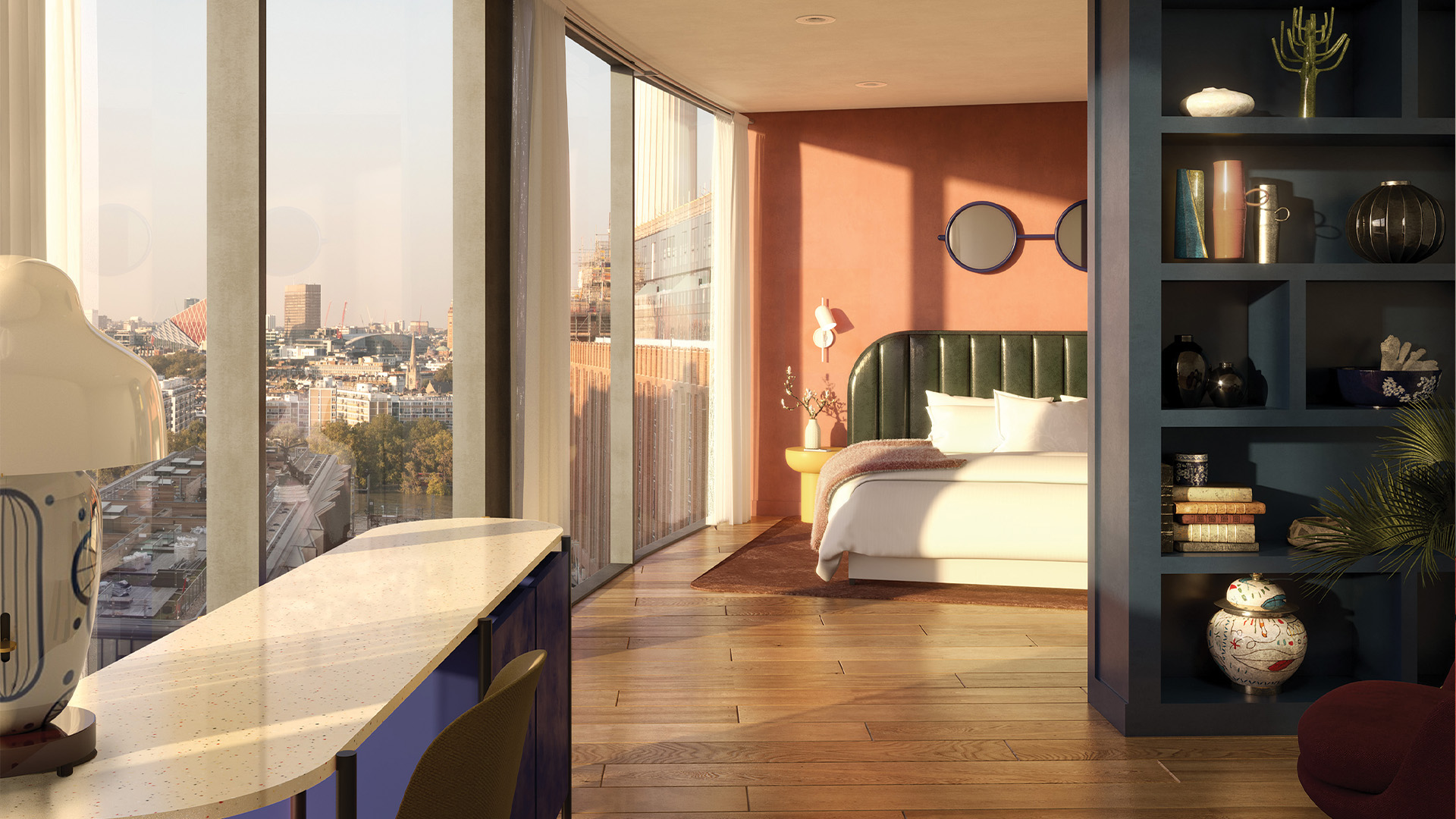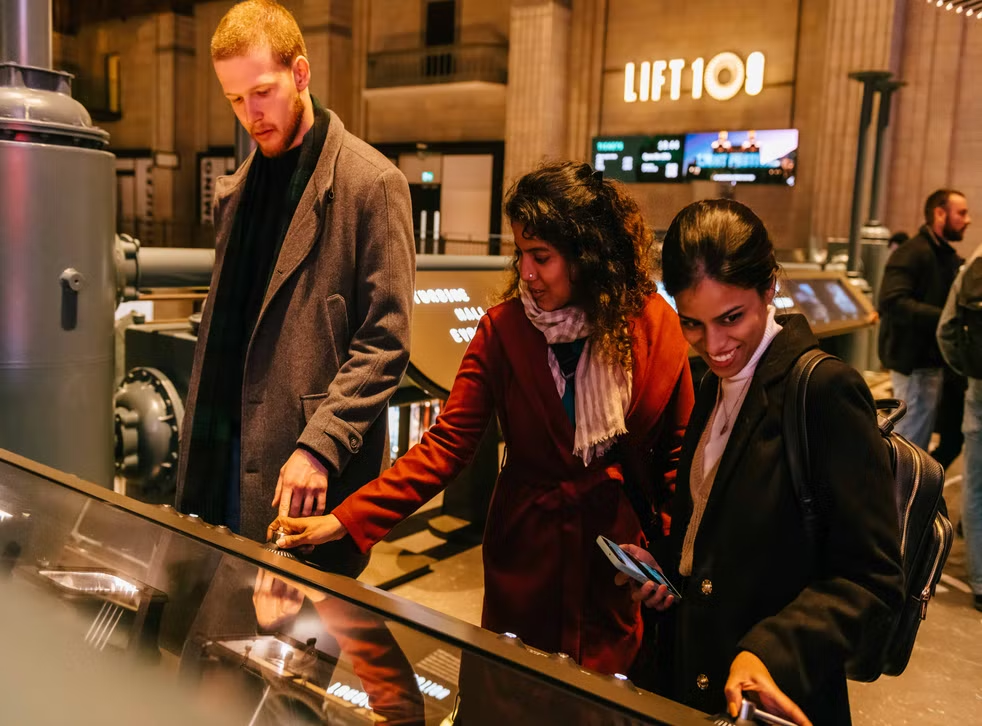Curation Over Cookie-Cutting: Re-inventing London’s Retail Floorspace Case Study
‘The Battersea shop will be pride of place, a wonderful, sociable ‘third space’ …. Part installation, part gallery, part museum but full of inspiration you can take home.’
5 minutes to read
Case Study 1 - Battersea Power Station
‘The Battersea shop will be pride of place, a wonderful, sociable ‘third space’ …. Part installation, part gallery, part museum but full of inspiration you can take home.’
– The Battersea Power Station Development Company
A fresh perspective
Battersea Power Station (BPS) certainly presents an innovative approach to retail development. Witnessing many unfeasible proposals over its famously long gestation period, its urban isolation (once the great attraction of the site for building a power station) proved its greatest challenge. Few past proposals successfully overcame issues of access, or achieved the right mix of uses, density, look and feel.
But the approved masterplan by Battersea Power Station Development Company (BPSDC) puts forward an ambitious new recipe for retail. With an arts and culture led redevelopment, Battersea has sought to disrupt traditional development thinking, which it highlights can be dominated by the ‘hard’ aspects of physical place design.
It is only in paying equal attention to the ‘softer’ aspects (location offering, operation, and identity), it asserts, that will influence our experience of place. And dictate whether the 63% of ‘City Sophisticates’ in its shopper catchment regard it a desirable destination to spend their time and money.
Key elements behind this ‘new’ thinking include:
Blended neighbourhood and destination shopping
Accepting the reality that cities experience a daily fluid flow of people, Battersea has strived to create a mix of offerings for residents, tourists, and workers, to ensure it remains alive morning to night. Mixing the ‘practical and the pleasurable’, it has earmarked units for both local neighbourhood convenience (Paul Edmonds hair salon, David Clulow opticians, Moyses Stevens florist) alongside more ‘destination’ retail and leisure (The Turbine Theatre, Birdies crazy golf).
High street brands breaking from the identikit
CEO Simon Murphy once said Battersea will be ‘a place for the majority.’ But it has seemed to avoid the ‘cloning’ and homogenisation typical of UK high streets. Enticing a line-up of well-known multiple brands is intended to create comfort and familiarity.
Yet clear expectations around the design and stock of premises have ensured differentiation from retailers’ ‘mainstream’ stores. And tapped into operator trends toward ‘de-branding’ to appear less commercial. Nike’s BPS store for instance hosting its localised member-only ‘Live’ concept, tailored to the south London market.


Complementing the familiar with the new and unusual
Interspersed amongst high-street retailers are lesser- known international brands, such as Amsterdam optician ‘Ace & Tate,’ New York perfume house ‘Le Labo’ and Seoul automotive company ‘Genesis.’ New and original concepts are also integrated to keep shoppers curious. For example, ‘Petit Pli’ an eyecatching brand offering innovative and sustainable childrenswear that expands as your child grows, extending wear by around nine months.

Diverse unit shapes and sizes
Recognising that ‘one-size-doesn’t fit all,’ and that visitors enjoy exploring a variety of store configurations, the scheme provides a variety of spaces. Able to accommodate a range of retail and leisure businesses, retailers can highlight stock in a flagship space or evaluate out a new concept with a kiosk.
Using ‘retail theatre’ to tap into the ‘experience economy’
Online purchasing has become convenient but clinical, meaning demand for meaningful and memorable experiences ‘IRL’ (in real life) is rising. The use of ‘retail theatre’ stimulating the shopper senses has been employed to complement the beauty of the Power Station structure, adding a sense of spectacle and drama. And creating a unique experience retail brands want to be a part of.
Fitness brand Sweaty Betty’s first concept store (‘The Powerhouse’) has taken design inspiration from BPS’s industrial heritage and accompanied it with retail theatre. Blasting ‘positivity playlists’ from an oversized 3D sound system, customers energy levels are raised as they test out the latest fitness gear.

New rhythms of retailing
Constant change, novelty and ‘newness’ is required to attract visitors back throughout the seasons to create shopper loyalty, and BPS has set up a dedicated programme of year-round events to do this. The thinking that those initially attracted by the spectacle and grandeur of the architecture at its opening will have had their curiosity hooked - and return for unique experiences (such as the Winter Lights Festival) to see what has changed. With events available for only short periods of time, BPS has tapped into target demographics’ fear of missing out (‘FOMO’).

Different anchor tenants
There is no department store at Battersea, but plenty of new ‘flagship’ tenants with the gravitas to attract visitors from far and wide. Art’otel is a 164-bed hotel located on Battersea’s Electric Boulevard. Designed by award- winning Spanish designer, Jaime Haydon, it marks the hotel’s first outpost in the UK, offering an ‘alluring, must-have experience’ with its playful, stylist interiors. Also anchoring the Boulevard is Zara’s new showcase store: a magnet for millennial shoppers. Offering its most technologically advanced concept to date, shoppers can experience the convenience of its pay-and-go app, pre-booked fitting rooms, and ability to collect online orders within two hours.

Shop & learn
Designed to be more than just a shopping or leisure destination, education is also central to the Battersea experience. Paying homage to its industrial history, visitors are given ample opportunity to learn about the site’s cultural heritage. Place plaques, mobile exhibitions, and a ‘Plant Park’ display original pieces of machinery plant as if in an art gallery. Rather than standalone, these are integrated amongst the retail. Visitors can purchase a slice of its history, its souvenir store (which accompanies its ‘Lift 109’ chimney elevator experience) stocking architectural drawings, replica building models, and limited-edition artworks. All reinforcing the uniqueness of the BPS brand identity (‘part installation, part gallery, part museum but full of inspiration you can take home’)

Click here for full insights on Re-inventing London’s Retail Floorspace.